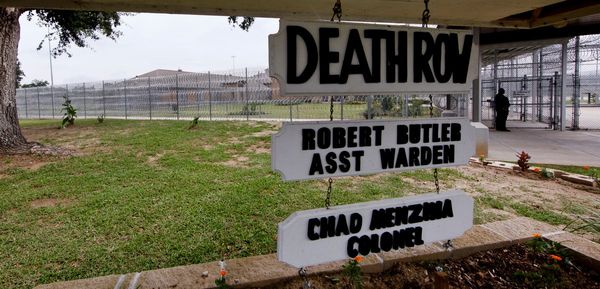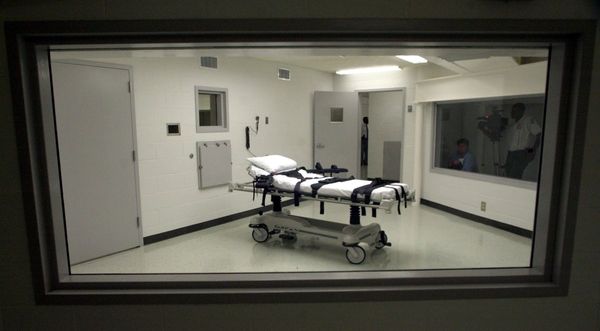This summer, more companies posted job openings in Washington state than almost anywhere else in the U.S., indicating inflation is likely to persist as labor shortages continue.
At the end of July, the state recorded 213,000 job openings with one of the highest month-over-month increase rates in the nation, according to the Job Openings and Labor Turnover Survey, a monthly report on hires, quits and other labor market flows produced by the Bureau of Labor Statistics.
The data for July, released late last month, points to a rebound in job openings, which had been declining in Washington after peaking in February.
The rise in job openings, coupled with record low unemployment, indicates that employers are likely struggling to staff up or retain workers. While that's good news for workers looking to switch jobs, it means businesses may continue to raise prices to afford the higher pay their employees can command in such a tight labor market.
"This goes hand-in-hand with what we've been seeing during the summer season, which has been typified by pretty strong hiring," said Paul Turek, state economist for the Employment Security Department. "It's basically demonstrating that we're continuing to have a very tight labor market and things are going to be sticky for a while."
Alongside an increase in openings, hiring rates in the state also grew from June to July. Other states reported better hiring rates than Washington.
Generally speaking, job openings and hirings in Washington state have lagged behind other states owing to a cautious rebound in leisure and hospitality establishments, according to the state Office of Financial Management.
Unemployment at an all-time low
At 3.7%, Washington's unemployment rate was at a record low in July, and preliminary data for August show the rate remained unchanged.
The rate covers the percentage of adults who are able to work but reported not having a job despite actively seeking one. It does not include adults who have given up looking for work or those who work part-time because they can't find a full-time job. The unemployment rate differs demographically — nationally, Black workers are as white workers, and were the only group to report an increase in unemployment this summer.
The strength of the job market can be measured by the ratio of unemployed persons per job opening.
The lower the ratio, the closer the economy is to full employment, which is the highest level of employment the economy can sustain without generating unwelcome inflation. It describes an economy in which nearly everyone who is able to work has a job.
In July, there were 0.7 job seekers per job opening in Washington. The ratio has dropped significantly since last June, when there was one unemployed person for every job opening.
Workers are cautious about quitting
Fewer workers are leaving their jobs in the state as separation rates — or more specifically quit rates — are falling, after peaking in March. While "separations" cover employer-initiated involuntary layoffs and firings, quits are employee-initiated and voluntary.
Quit rates indicate workers' willingness or capacity to leave jobs and are helpful to measure the strength of a job market. A rising quit rate is a sign of a very strong job market.
At the end of July, 2.2% of Washington's workers quit, down from 2.4% in June. Though this is still on the higher end of the range for the state, the current quit rate is one of the lowest in the country.
"We're starting to see some caution enter on the side of employees," Turek said. "At the same time, we've also seen some strategies for businesses to retain their workers and give them less of a reason to quit."
Turek said employers and workers who are plugged into economic news are most cautious. The economic news in question is historic inflation and the threat of a recession.
Some workers may hang tight where they are because they worry that, if a recession arrives, new hires will be the first to be shown the door.
A strong labor market's role in inflation
When it comes to a strong job market, look past the tree and look at the forest, Turek said.
"If you just focus on the labor market, we're taking one tree out of the economy and if that was the only tree we got, things will look awfully good," he explained. "Jobs are plentiful, the unemployment rate is low, essentially pushing towards full employment, rising wages for workers, which, you know, looks good."
Yet overall, it is not good news, Turek said. The more wages continue to grow, the more they contribute to inflation. Employers looking to maintain their profit margins while raising wages will pass costs back on to consumers.
He does not expect the summer surge in openings and hirings to continue. "It's going to start tapering off, but we've got some ways to go for the labor market to unwind."







